In Peru, communities in the Andes and the Amazon have come together to defend the health of people and families affected by pollution from toxic metals. To achieve this, they have formed the National Platform of People Affected by Toxic Metals, which was recently awarded Peru’s National Human Rights Prize. Indigenous, rural and urban women are especially affected by this daily struggle and are now determined to end the contamination affecting their bodies, their rivers and their land. They demand that the state determine responsibility and provide immediate solutions.
“When I found out that my son had 17 toxic metals [in his body], that’s when I took a stand and said, ‘This cannot continue,’” remembers Carmen Chambi, a community leader from Alto Huancané, located in the province of Espinar at over 4,000 meters above sea level. Studies conducted by the government on water sources in the province have found alarming levels of toxic metals. With her son’s test results, this terrible reality had affected what she most cares about. Her mother, Melchora Surco, a pioneer in the struggle for access to health in this part of the country, has even asked herself why she should keep living. “To be suffering like this makes me want to die,” she said.
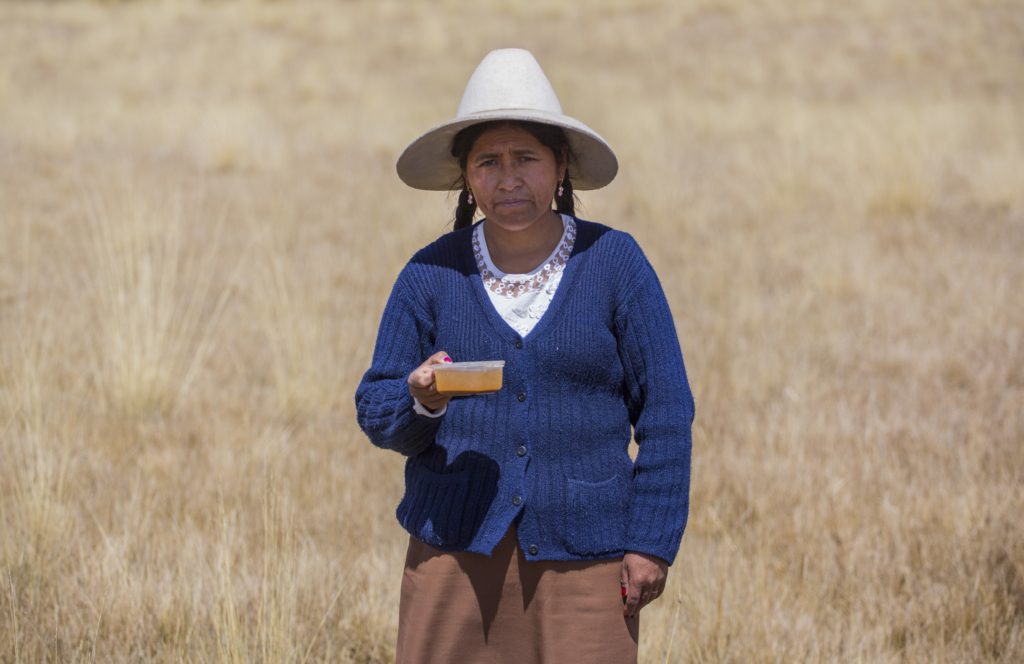
Yolanda Zurita is a leader from La Oroya, a city in Junín province in Peru’s central Andes. The Blacksmith Institute rated the city as one of the ten most polluted places on the planet. Today, Yolanda encourages other women to fight for the present and the future of the children of her community.
When I found out that my son had 17 toxic metals [in his body], that’s when I took a stand and said, ‘This cannot continue'
Carmen Chambi
For almost a century, the Metal Complex of La Oroya has been operating in the area. Yolanda’s father worked for the smelter for over 30 years, up until 1992. She says he suffered from serious neurological problems, including frequent seizures. It was not easy to go from being a victim of pollution to fighting to defend the human rights of her family and her community, who have been especially affected by the high levels of lead in their blood. She says the turning point for her to decide to fight was when she found out that the effects of lead exposure are irreversible. “I said to myself, your future has already been destroyed. But your responsibility is to work to ensure that future generations don’t go through the same thing.”
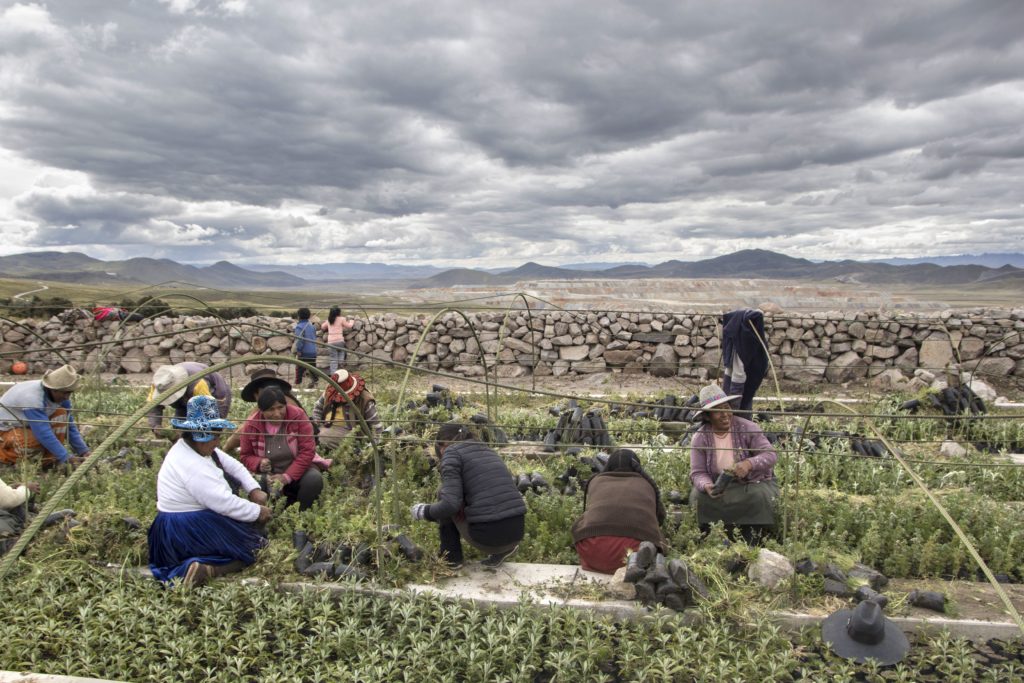
The National Center for Epidemiology, Prevention and Monitoring of Illness of Peru’s Ministry of Health has documented the cases of 4,867 Peruvians who have been exposed to heavy metals. This number, however, is partial and underestimates the true impacts of the pollution on water and human health. The representatives of the National Platform of People Affected by Toxic Metals assert that the number of people exposed every day to a toxic mix of chemical pollutants that includes arsenic, cadmium, lead and mercury, among other metals, is much higher.
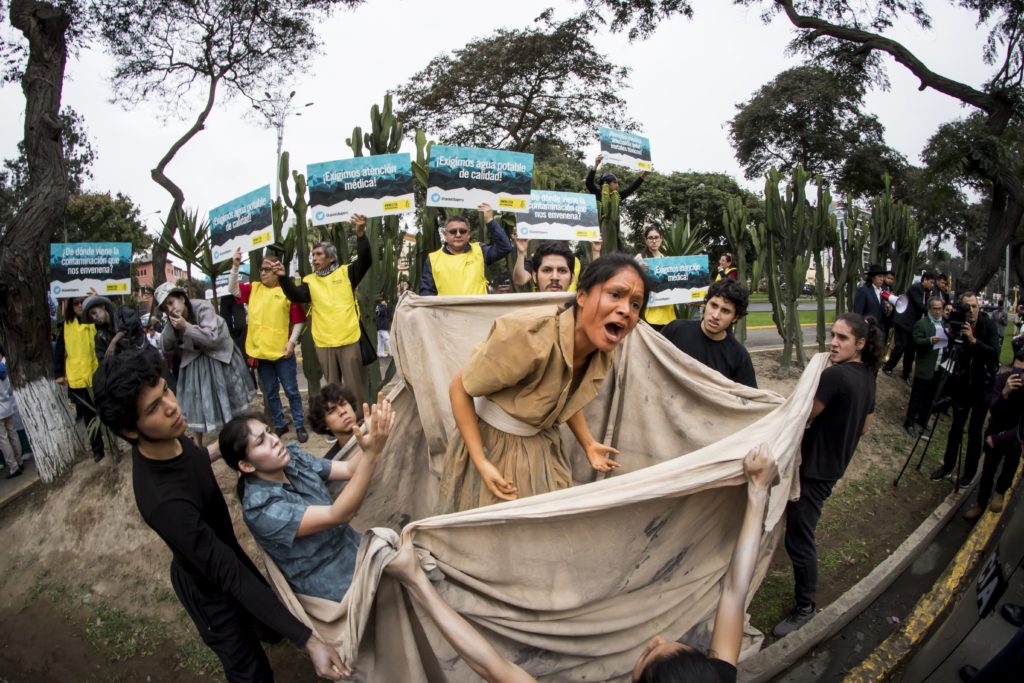
Where there is no doubt is in the impact that these metals have on human health. According to the World Health Organization, prolonged exposure to toxic metals like these cause various chronic health problems, including memory loss, infertility, miscarriages, loss of vision, diabetes, liver diseases, kidney failure, cancer and irreversible harm to fetal development.
Many of the affected say that responsibility for the historic pollution that harms people and puts lives at risk falls principally with extractive industry megaprojects underway throughout Peru—primarily mining and fossil fuel extraction—and with an indifferent state.
ENVIRONMENTAL LIABILITIES, EMISSIONS AND SPILLS
Official records show 8,448 “environmental liabilities” related to mining in Peru. “Environmental liabilities” refer to mining installations, waste flows, emissions, and waste deposits for active, inactive or abandoned mines that represent a risk to human and environmental health.
In addition, the Norperuano Pipeline has repeatedly spilled oil into the rivers and streams of the Amazon basin in recent years. The records of the Supervisory Agency of Investment in Energy and Mines document 51 spills from this pipeline between June 1997 and March 1998.
One of these spills occurred in January 2016, when more than 3,000 barrels of oil spilled into the Amazon’s Chiriaco River and then flowed to the Marañon. This is the territory of the Awajún indigenous people, the second most populous indigenous group in Peru. According to a Ministry of Environment resolution, the oil caused significant harm to human health, water sources, soil, flora and fauna in the area.
Luisa Teets, an indigenous Awajún leader from the community of La Curva in Chiriaco, remembers the tragedy clearly. She saw the spill’s flow “covering the entire creek with crude oil.” Just as the Ministry of Environment resolution indicates, Luisa says that the pollution impacted the crops and the fish the community depend on for their livelihood and subsistence. “It has changed the land. It’s no longer fertile, the yuccas die, they rot,” she says, “Same with the fish.”
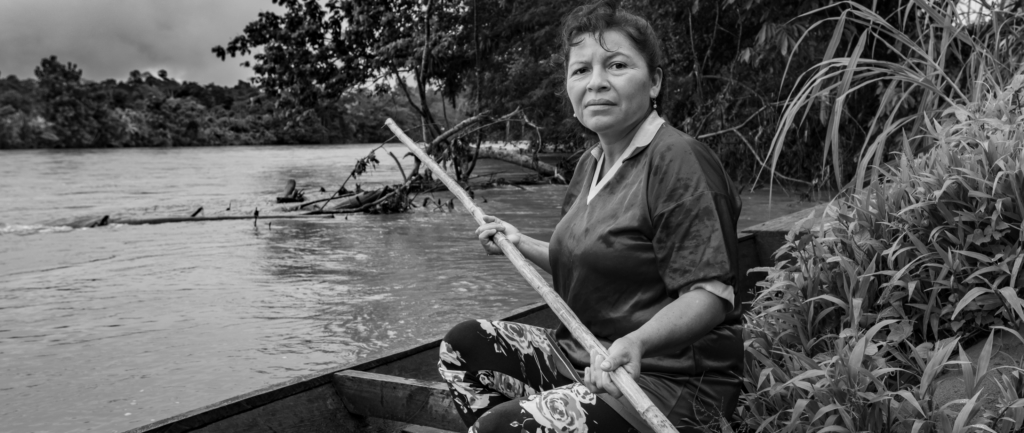
To feed her family, Luisa grows crops and fishes daily in the river. Ever since she was chosen by her community for the traditional Awajún role of “Indigenous Mother”, she has continued to denounce the problems caused by the spill. She has managed to make local authorities listen to her proposals. “I never give up,” she affirms.
Part of never giving up is fighting so that those responsible for the contamination address and repair the damage they have caused. In this regard, Flor de María Paraná, an indigenous woman from the Kukama community of Cuninico, also in the Amazon, is unwavering in her determination. She demands that the state establish responsibility for the contamination so that she and the families of her community are not forced to continue to live with toxic metals in their bodies as if it were normal.

In her case, when summer arrives and the rains stop, she must use water from the river to drink and to cook. Government studies have found that this water contains levels of heavy metals that surpass limits for human consumption. “We are poisoning our own children,” she says. The contamination of traditional water sources is a problem that remains unresolved for many communities.
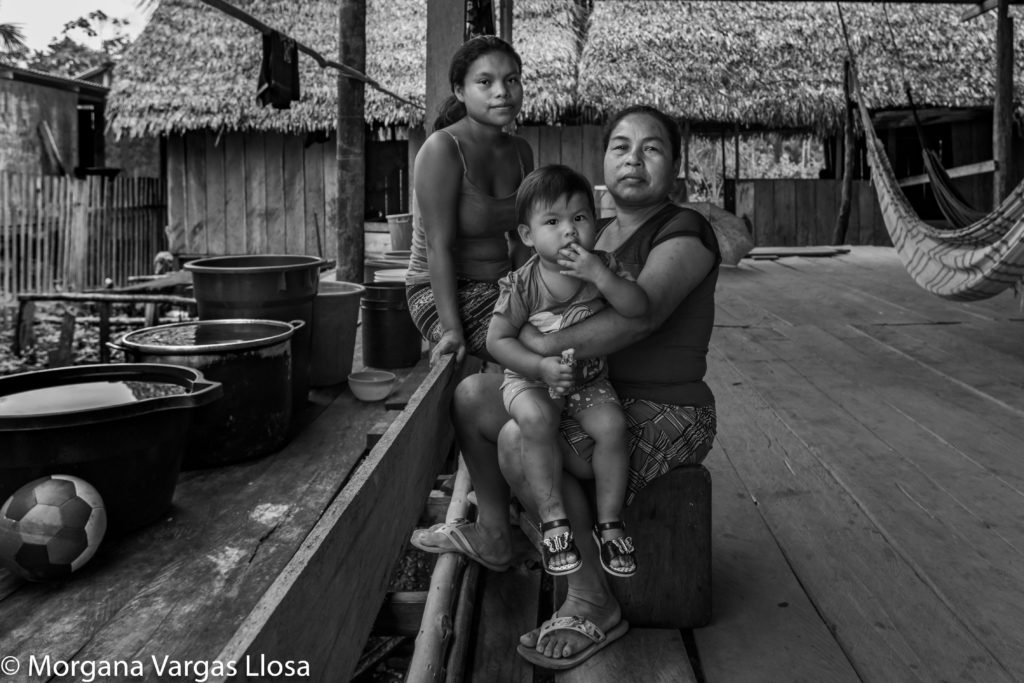
A TOXIC STATE
An Amnesty International report published in 2017 sounded the alarm about the situation in Cuninico and Espinar, concluding that the Peruvian state had violated the right to health of the people of these communities. The organization also demanded that the state deliver specialized healthcare to people with toxic metals in their bodies.
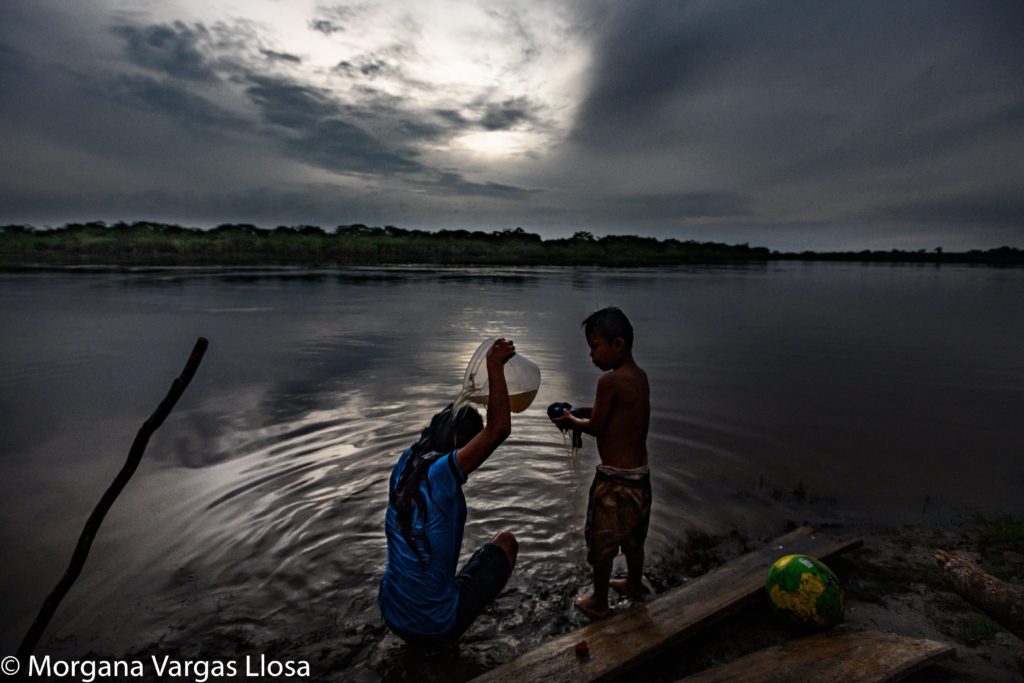
Amnesty International urged the state to investigate, establish and publish findings about the sources of the pollution of water sources in these communities, in order to get it under control so that urgent measures can be adopted to ensure that these communities do not have to depend on contaminated water.
Other organizations have done similar work. Various human rights organizations and academic institutions have investigated and documented the impacts of exposure to heavy metals on health and water sources. They all come to similar conclusions: exposure to toxic metals has terrible consequences for human health; and to this day the state has not fulfilled its obligations to holistically and effectively provide treatment to the people exposed to these pollutants.
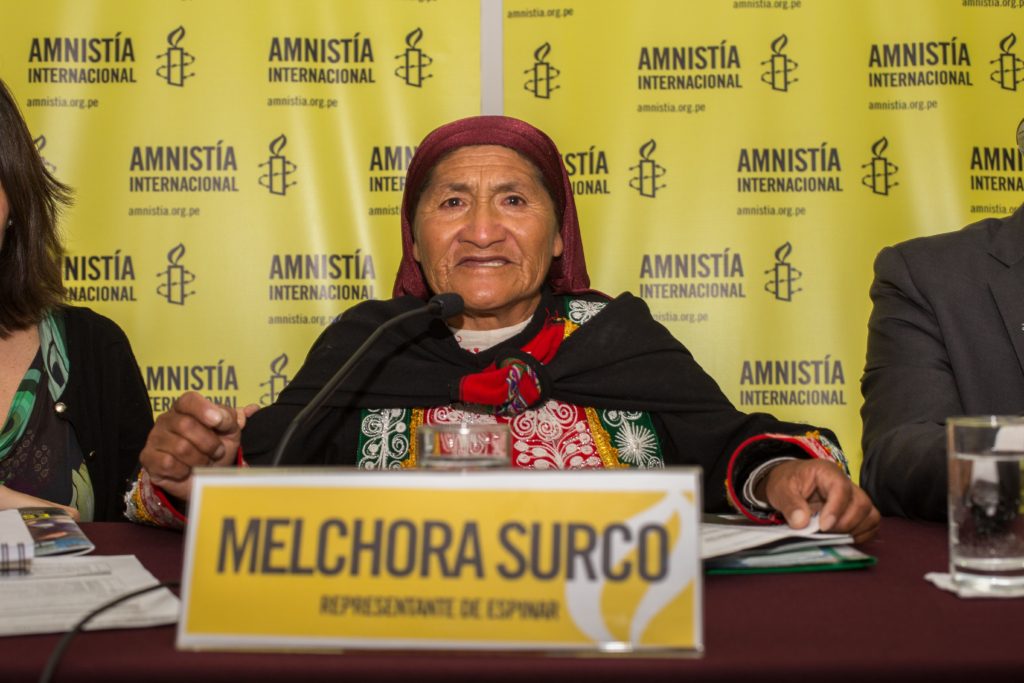
THE PLATFORM: A NEW HOPE
In this context, the National Platform of People Affected by Toxic Metals was formed in 2017 and has been supported by social and human rights organizations, among them Amnesty International. The platform has been fundamentally important to efforts to raise awareness of and seek solutions to the serious health problems faced by thousands of Peruvians.
This platform, which represents affected people from 12 regions of Peru, demands effective implementation of a national policy and plan to address human and environmental health problems caused by toxic metals. The platform also urgently demands the creation of a high-level multisector commission that prioritizes this serious problem.
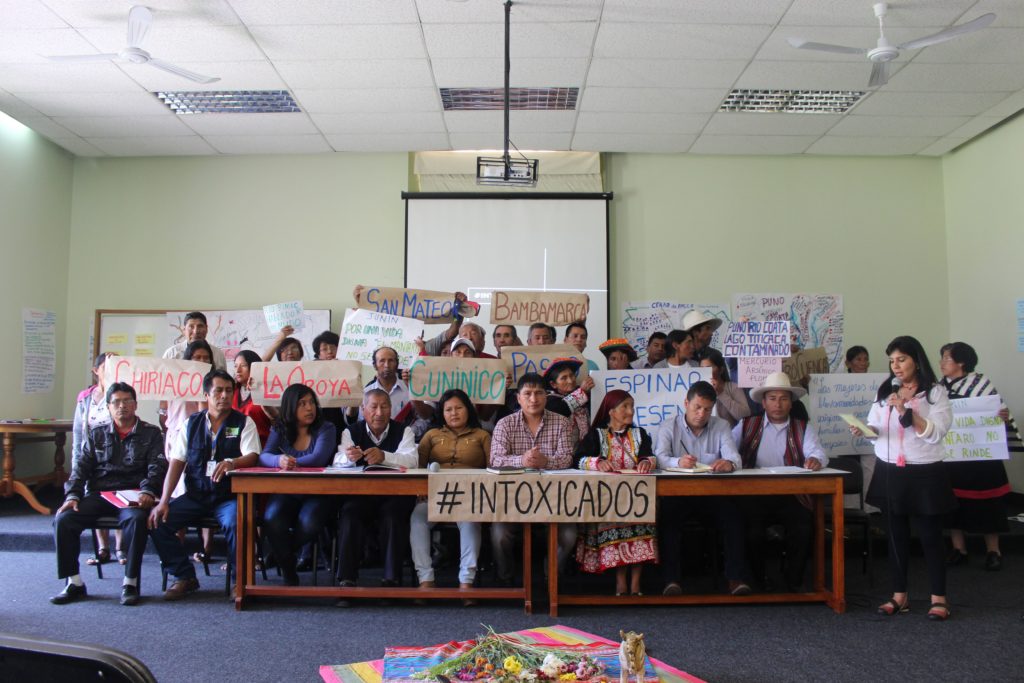
This organizing effort has yielded important achievements. Before the formation of the platform, many communities affected by the pollution had to confront this never-ending struggle for support alone. Now, these communities are no longer alone: they have strengthened connections and empowered themselves through exchanges of experiences, capacity building and advocacy work with authorities and the media.
The people have placed their confidence in me. With this determination, I’m here today to tell you that we are going to succeed. I made this promise to my people: to fight to the last. If I can, I’ll give my life to defend my land, my water
Teresa Cuñachi
They are already driving political change and have successfully made their cause a central issue in national politics. In 2018, the Ministry of Health approved a framework for a national policy to treat people exposed to heavy metals all over Peru, the first of its kind in the country. And, in October 2019, the government committed to create the Multisector Commission that the platform has been demanding.
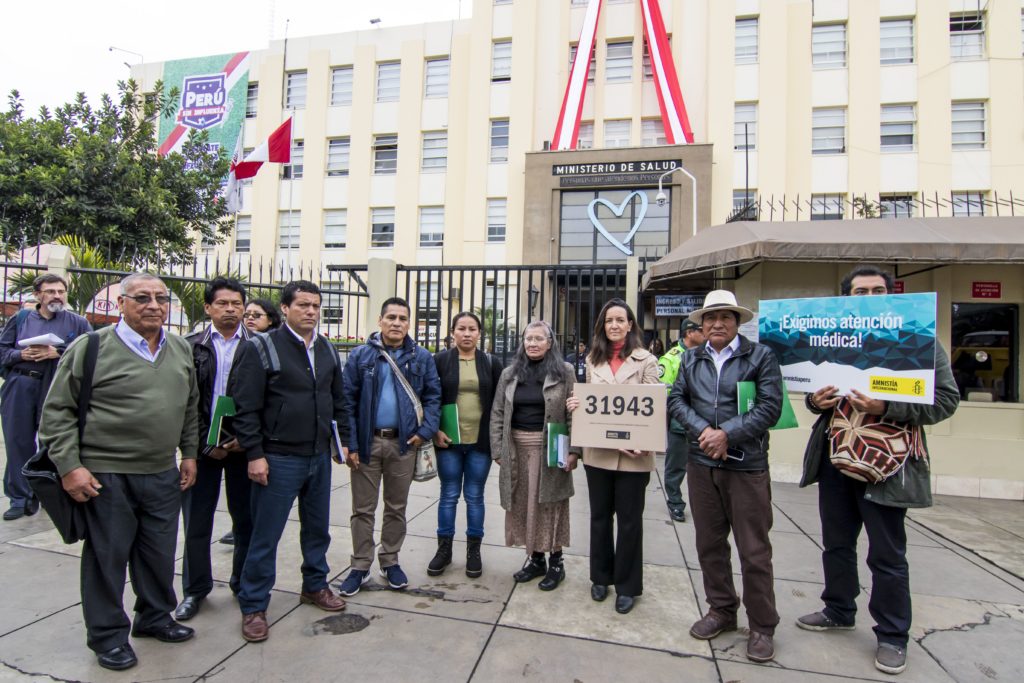
However, despite these important advances, the sources of the pollution persist, and thousands of people continue to be exposed every day to toxic pollutants without access to potable water. For the platform, the struggle continues.
WOMEN UNITED AGAINST POLLUTION
The testimonies, condemnations and proposals of Carmen, Melchora, Flor de María, Luisa, Yolanda and many other women have been key in pressuring authorities to take immediate action, mobilizing thousands of people to defend their rights and placing this serious public health problem, historically ignored by the authorities, on the public agenda.
“The people [of my community] have placed their confidence in me,” says Teresa Cuñachi, another indigenous Awajún woman in the platform. She is from Bagua, another place in the Amazon region that has been heavily affected by oil spills. “With this determination, I’m here today to tell you that we are going to succeed. I made this promise to my people: to fight to the last. If I can, I’ll give my life to defend my land, my water.”
Standing up to defend the environment, land and territory in Peru has a high cost: defamation, threats, criminalization and more. In 2017, Amnesty International documented this pattern of such attacks in its report “A Recipe for Criminalization.”
These risks, however, have not weakened the resolve of these women. Their struggle for their rights to health, clean water and a healthy environment is growing ever stronger and ever more uncomfortable for the national authorities, who often disregard communities far from the capital.
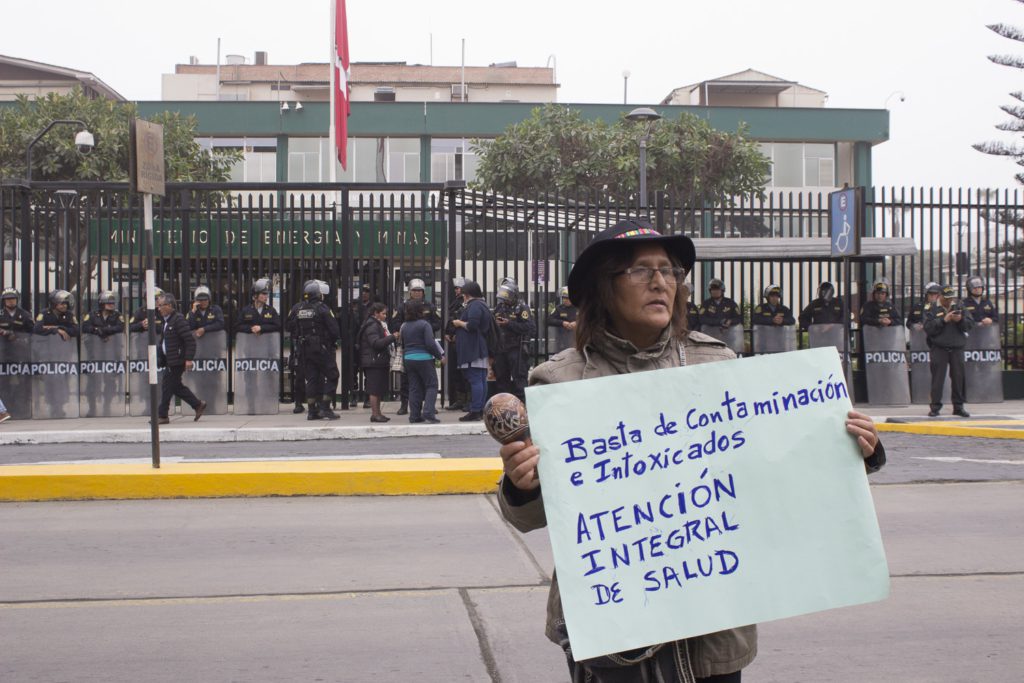
Through the platform, they have built a differentiated agenda, with a gender perspective and demands that call for greater participation of women in decision making. As their testimonies reveal, they are the ones who are most affected by the contamination and who assume the responsibility of feeding and caring for their families.
The highest-level officials of the Ministry of Health and of the Presidency of the Council of Ministers know from first-hand accounts about this reality because women from the platform have been able to stand in front of authorities to tell them face-to-face about what they are living through. And they will not allow these meetings to result only in agreements, photographs and paper promises. “We are here to demand results,” says Carmen. To them, this is a question of life and death. And they, better than anyone, understand what must be done.


